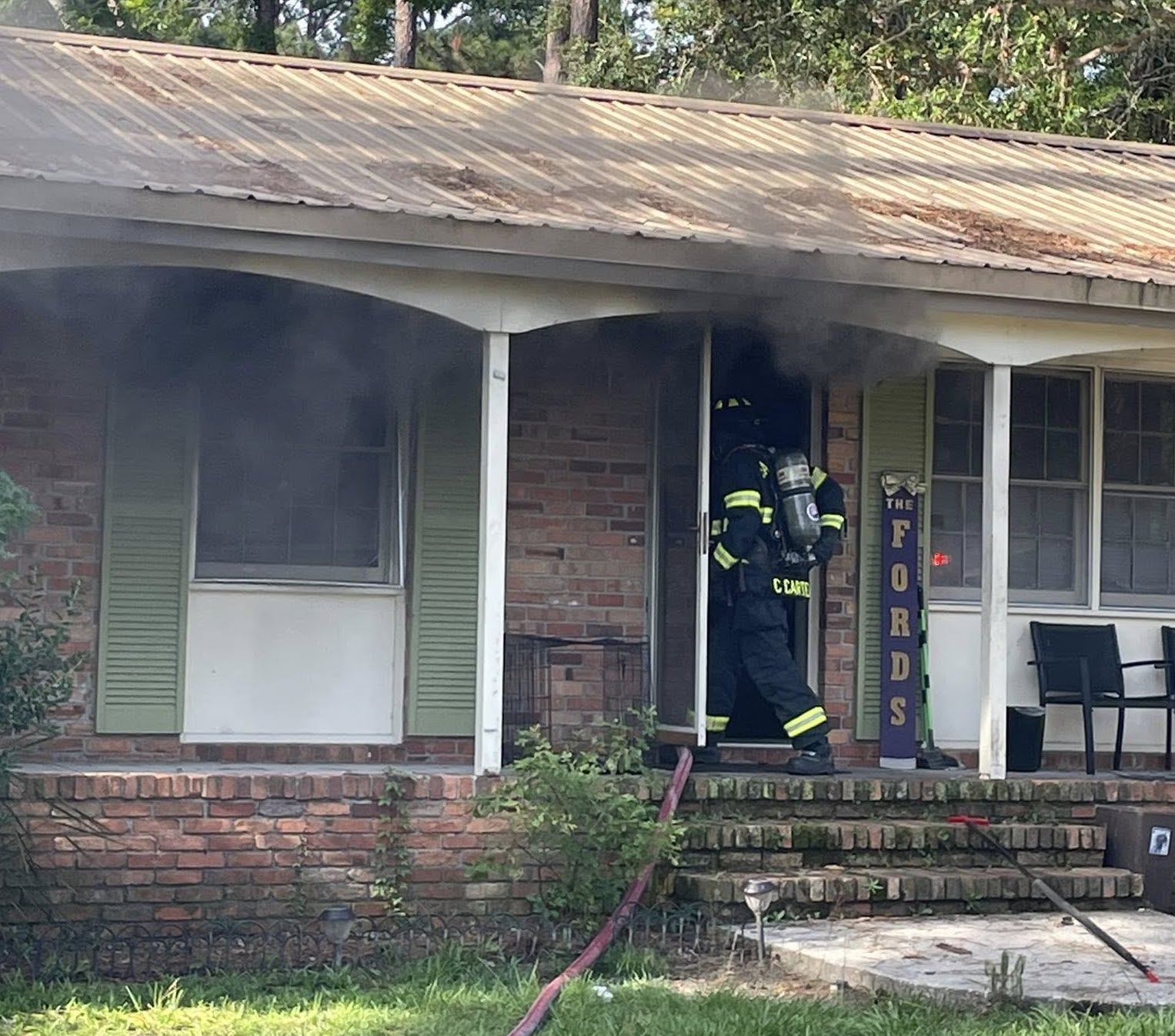Lawmakers hear nursing shortage may grow deeper
Published 2:12 pm Saturday, July 22, 2017

- Pat Donahue/Times-EnterpriseAmy Griffin, chief nursing officer at Archbold Medical Center, discusses the nursing shortage at the House Rural Development Council meeting.
THOMASVILLE — Georgia faces a critical nursing shortage and the dearth of nurses is harder to overcome in rural areas, state lawmakers were told earlier this week.
The House Rural Development Council held a meeting at Southern Regional Technical College on Wednesday to learn more about health care and the treatment of developmental disabilities in rural counties
“In Georgia, there are too few nurses and the problem is going to get worse,” said Amy Griffin, chief nursing officer at Archbold Medical Center.
Griffin pointed to statistics that show the U.S. has 874 registered nurses per every 100,000 people and that in Georgia, the number of RNs per 100,000 is 665. The state also had a need for 77,000 RNs in 2012, and that number is expected to rise to 110,000 by 2025, Griffin said.
Georgia Health News, Griffin said, reported that 80,000 students are turned away at nursing schools because of a lack of adequate faculty.
“To attract the faculty needed, we need to look at how those salaries are structured,” she said.
Rep. Sharon Cooper (R-Marietta), the chairman of the House Health and Human Services, who also has authored a textbook on psychiatric nursing, alluded to a disconnect between what deans of nursing schools are telling her and what she hears from hospitals.
“The deans of the schools of nurses are on one wave. They think they are turning out perfect nurses,” she said. “And I am hearing from the nursing CEOs that we are turning out nurses who cannot function on a basic (medical-surgical) floor. The big hospitals have to start year-long mentoring hospitals and the smaller hospitals can’t do that.”
Griffin said for nurses graduating this year, close to 40 percent will leave the profession within three years. She called for a job shadowing program for new nurses. Griffin added many of them don’t realize at first the work load and the burden for caring for others every single day.
“It’s a huge commitment,” she said.
The cost of turnover for a nurse is estimated at $64,000, and orientation for a new nurse can take three to six months or even up to eight months, Griffin added.
The problem is worse in rural areas, Griffin said.
“Recruiting in rural areas is often difficult,” she said.
Nurses in rural areas can endure professional isolation and have limited continuing education opportunities.
“At our smaller facilities, our employees are part of that community and they have suffered from the economy,” Griffin said.
Archbold has had a nursing scholarship program since 1956 and a tuition reimbursement program. There are about 50 students in the scholarship program, receiving $375,000 in assistance, and about 50 in the tuition reimbursement program, getting close to $280,000 in aid. There is a two-to-three-year work commitment with the programs.
“That would not have been possible without the financial commitment of the organization,” Griffin said. “It shows a deep commitment of the hospitals to the people in the community.”
Archbold also supports local nursing schools with financial contributions and with clinical space for training. The company also has ramped up its marketing and advertising efforts and has increased its social media presence, Griffin said. It also is offering bonuses and recruiting incentives and even a finder’s fee for nurses who bring other nurses on board.
“It’s quite demanding to be competitive,” she said.
Commissioner of the Georgia Department of Behavioral Health and Developmental Disabilities Judy Fitzgerald said the need for health care workers and behavioral health professionals is great.
“The truth is the service systems to meet the needs are very under-resourced. In rural areas, it is very, very challenged,” she said. “We do need more resources for addictive resources and for opioids.”
Fitzgerald said it is hard to build back up the workforce to perform those services.
“As funds become available, we need licensed, clinical and certified folks who can actually deliver those services,” she said. “And we’re chasing that right now. One of the biggest challenges and it’s across the board, is the workforce to deliver the services.”
Kelli Vaughn, director of the emergency department at Archbold Medical Center in Thomasville, said space can be a factor when trying to administer care, especially to those with intellectual and developmental disabilities or suffering from an overdose.
“I think we need to look at the challenge and the challenge is to provide these patients with the services they need, in an environment they deserve in our local area,” she said.
The average length of ER stay for someone in such a crisis is 11 hours.
“A lot of times they are in crisis and when that happens, these patients require a lot of work,” Vaughn said. “It can be challenging. It’s a community effort in our ER department. A lot of times crisis centers are full. Sometimes it’s a challenge finding them places to go. The best treatment is that the family needs to be involved.”
Vaughn said another aspect to look at is how to better assist psychiatric facilities with medical support.
She also pointed to a lack of resources for patients with autism, and the ER handles quite a bit of patients with disorders on the autism spectrum. Florida State University has a center for autism and related disabilities, funded through the Florida Legislature, and it serves 18 counties in the Panhandle.
“It may be worth taking a look at,” she said. “They have satellite offices in several areas and they use those offices so families can go locally.”
Griffin pointed out there should be a look at how qualified medical professionals are recruited and retained.
“Otherwise, we have hospitals with bed closures,” she said.
Editor Pat Donahue can be reached at (229) 226-2400 ext. 1806.





